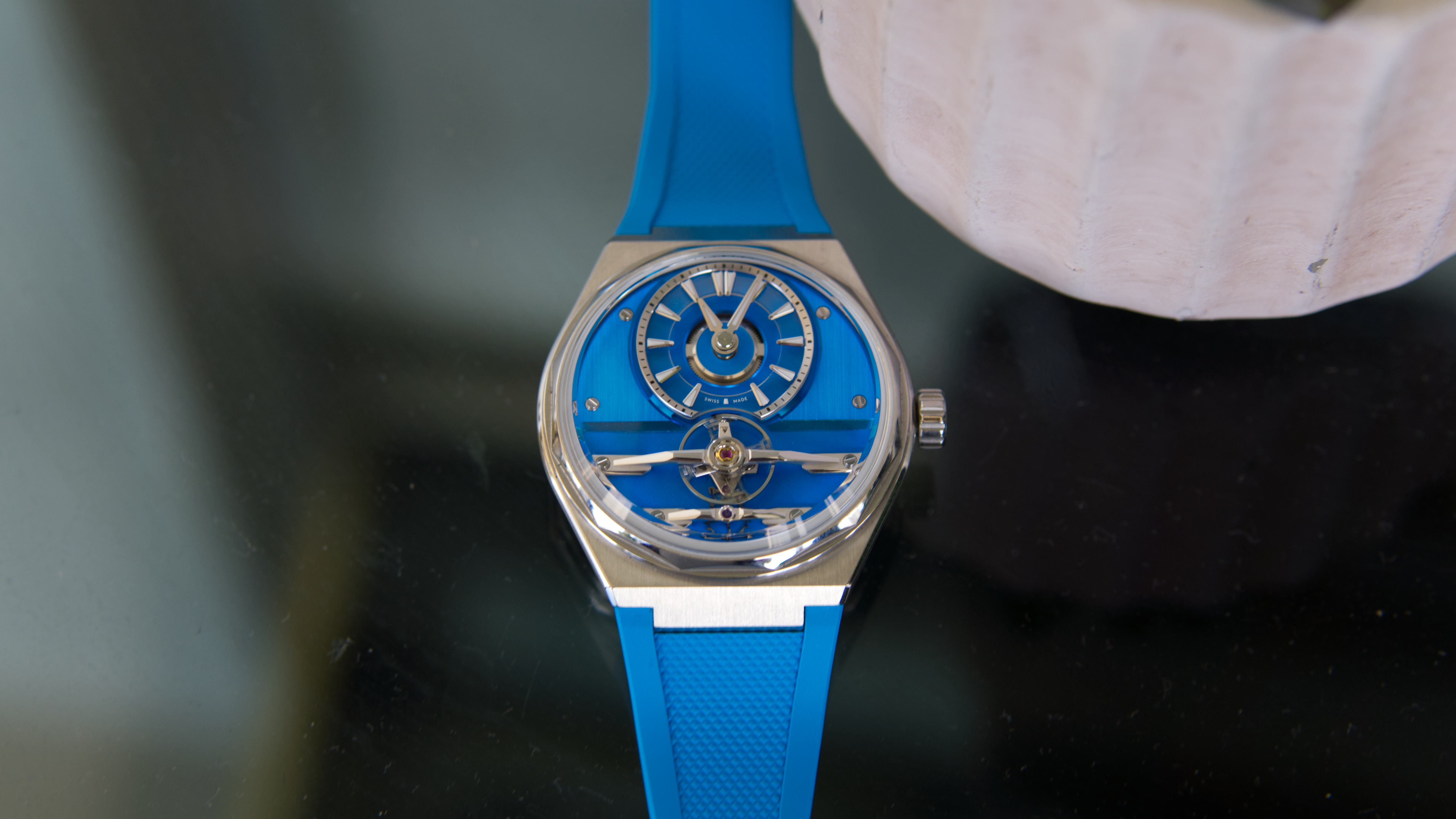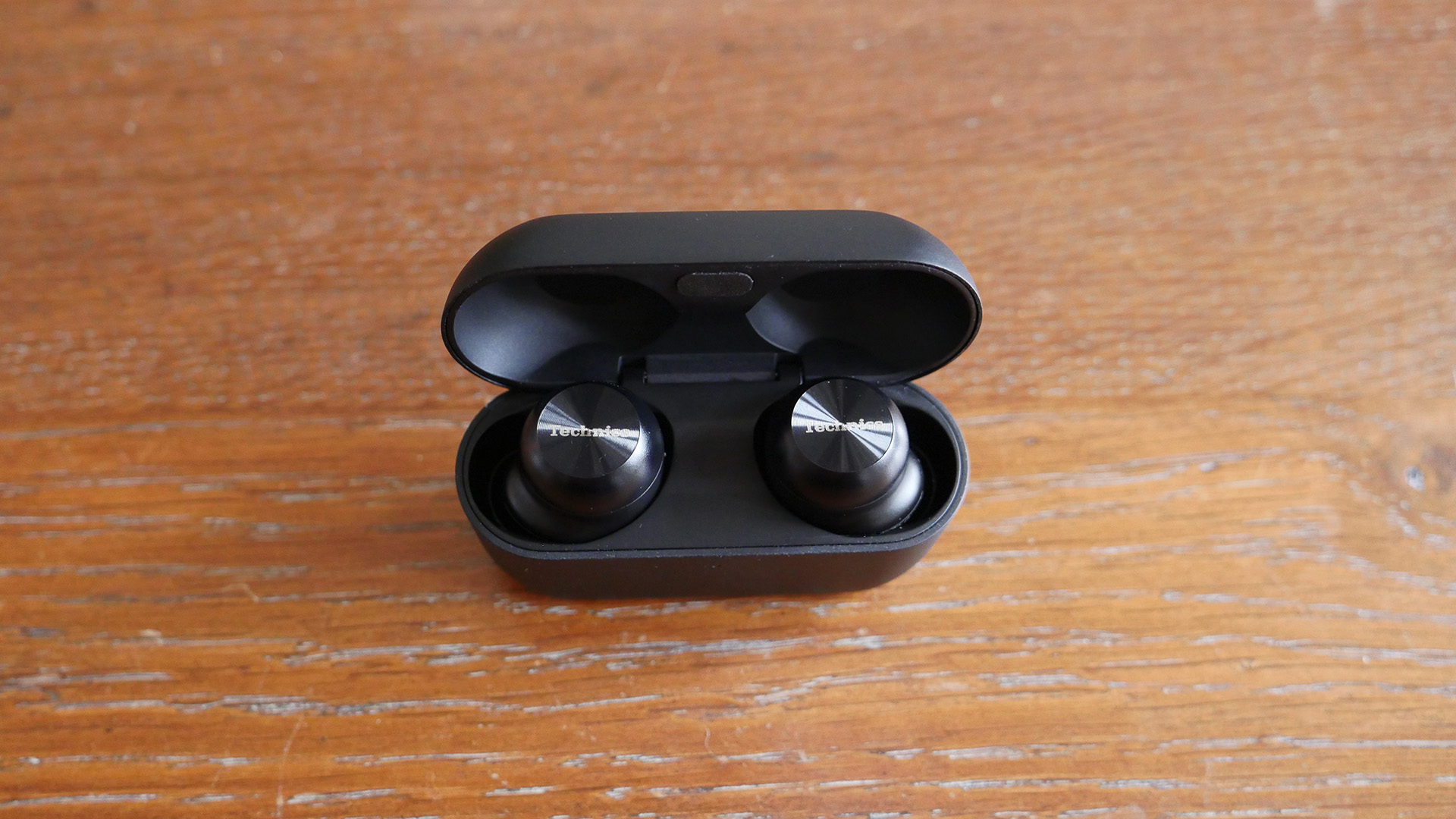

When you get your hands on a pair of new earbuds, especially ones that have more than a passing resemblance to the previous generation of hardware, it can sometimes be a little hard to tell what's changed. Specs sheets might make it easier, but it's fair to say that plenty of manufacturers don't exactly go out of their way to give you the chance to compare old with new.
That might be because the changes aren't particularly drastic, or because they simply want to brush the previous generation into the archive and replace it quietly, but it's not the approach Technics took while I was in Kyoto in December, to see its new EAH-AZ100 earbuds ahead of their launch at CES this year. Instead, the Japanese audio brand gave me multiple opportunities to swap between an older pair of AZ80 earbuds and the new AZ100s to directly compare them. That made it easier than ever to explain a few areas where changes have been made.
An obviously improved design
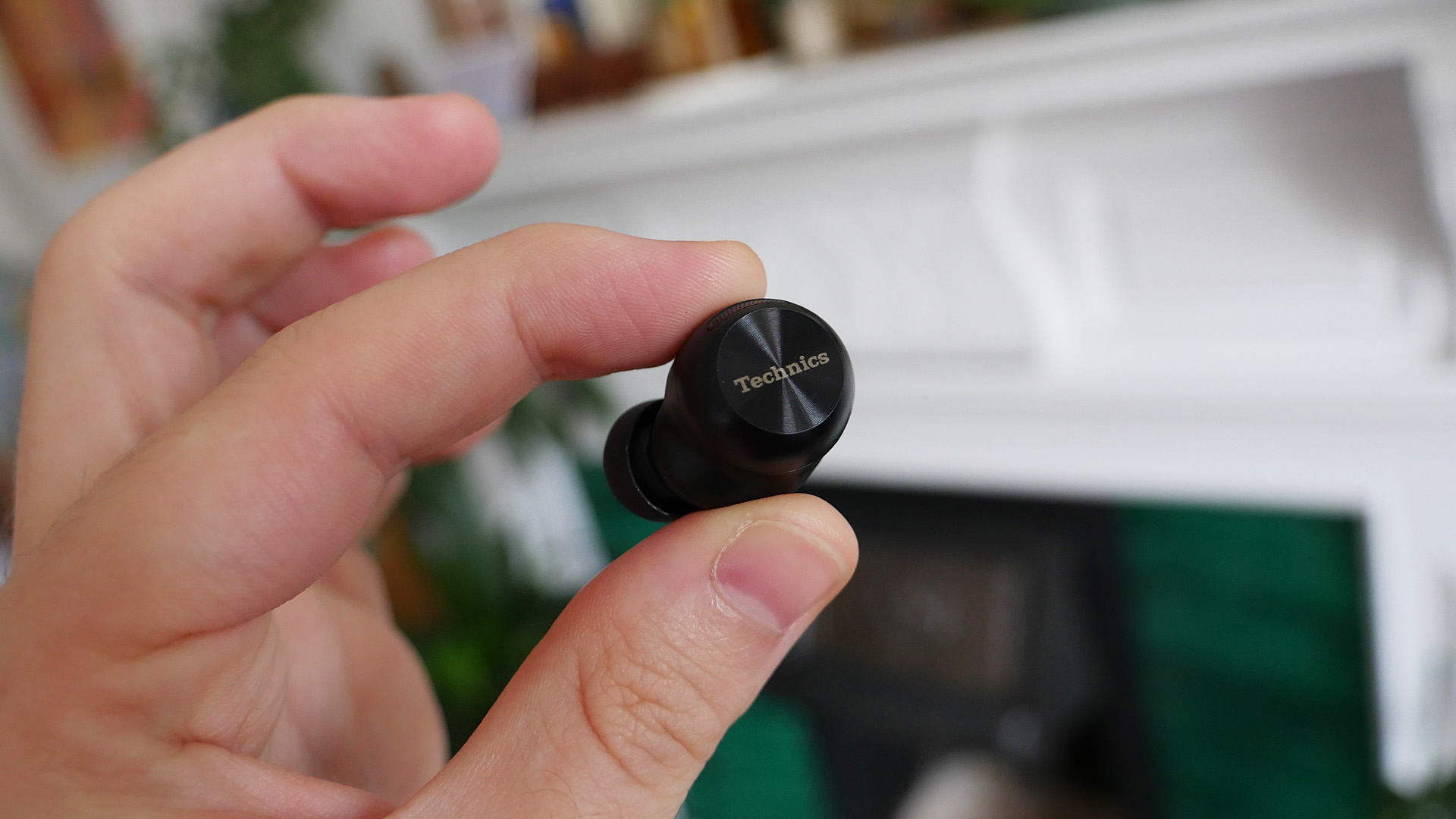
I don't mean to say that there was obviously anything wrong with the AZ80's design – in fact, it was also a welcome refinement of what had come before it. Still, comparing these two earbuds you can pretty immediately appreciate that the AZ100 is a chunk smaller in the ear, without losing the concha shape that Technics was proud of.
They're also a bit lighter, making for an earbud that I view as being classier and more subtle. That said, a little bit like when Sennheiser rewrote the design of its Momentum over-ears to make them far less unique, some people may feel that there's a slight loss of character between these generations.
Richer audio
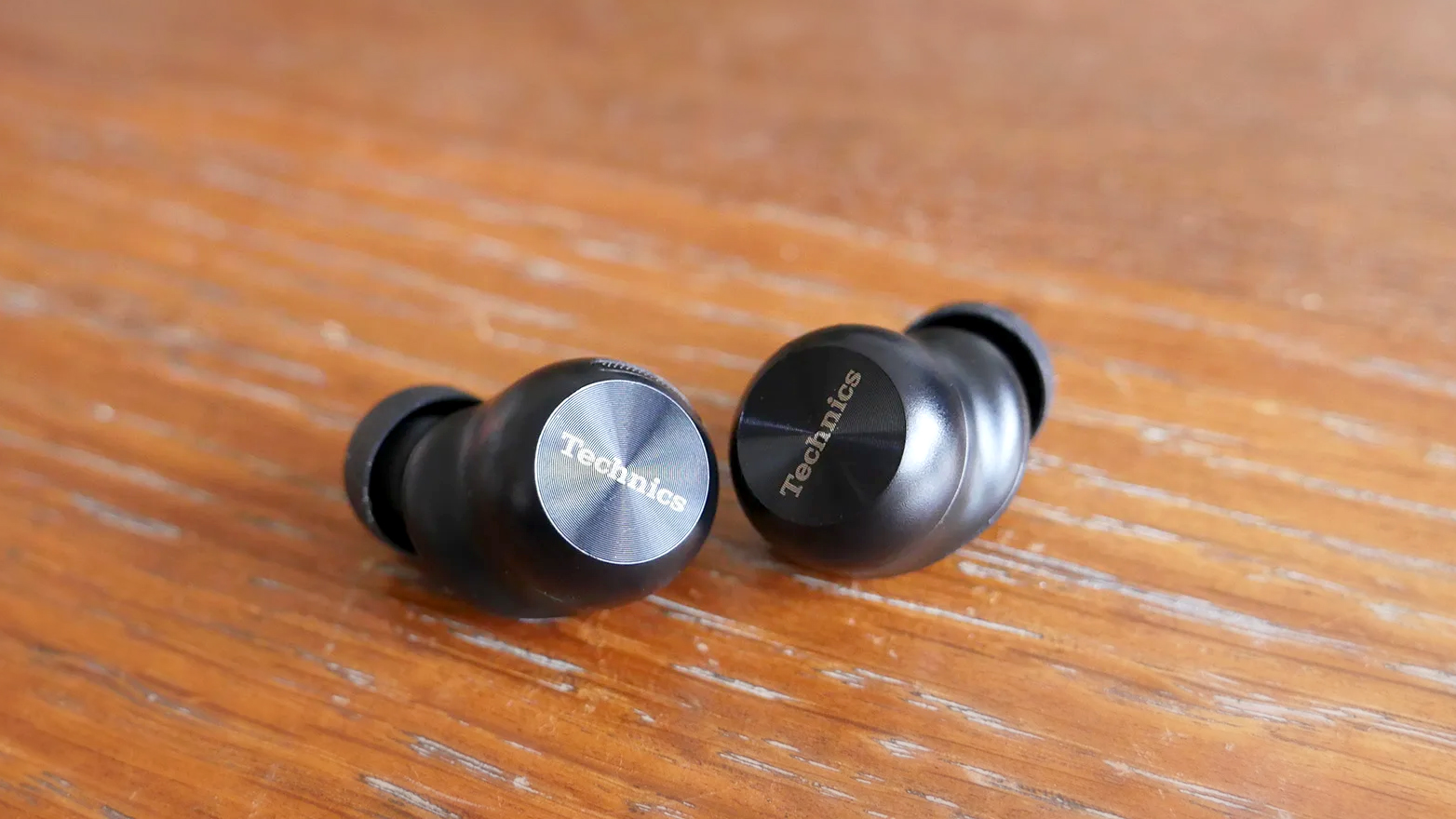
In many ways, though, the more important part of sitting down in a quiet room and swapping back and forth between the AZ80s and AZ100s was being able to really compare their sound quality in detail. The AZ80s impressed us at review a couple of years ago, but they leaned hard on neutrality.
That can be right up the street of audiophiles looking for everyday earbuds, but some less experienced or picky listeners might find it a little lacking. The AZ100, by contrast, seems pretty sizeable beefed-up. It's got far more fullness to its bass, in particular, as enabled by what Technics has dubbed a Magnetic Fluid Driver.
This system was used in some super-premium in-ear monitors a couple of years ago, but Technics' team shrunk it down to make it work in a wireless design this time out. It anchors the main driver in a chamber of magnetic fluid, helping to reduce distortion at low frequencies. I'm not saying that anyone could put the AZ100 in and tell the difference between that solution and another one, but it sure sounds great.
Sign up to the T3 newsletter for smarter living straight to your inbox
Get all the latest news, reviews, deals and buying guides on gorgeous tech, home and active products from the T3 experts
A big battery life boost

When you're building earbuds you can't just concentrate on sound at the expense of everything else, and the practical side of things needs to be addressed carefully. The AZ80s didn't have great battery life, and you couldn't really ignore it – less than five hours on a charge isn't anything to write home about.
Now, though, the AZ100s have raised that substantially to around 10 hours even with the improved adaptive noise-cancelling. That literally marks the difference between earbuds that you would hesitate to rely on, or earbuds that can stay in your pocket as an option all day.
Some inevitable AI smarts
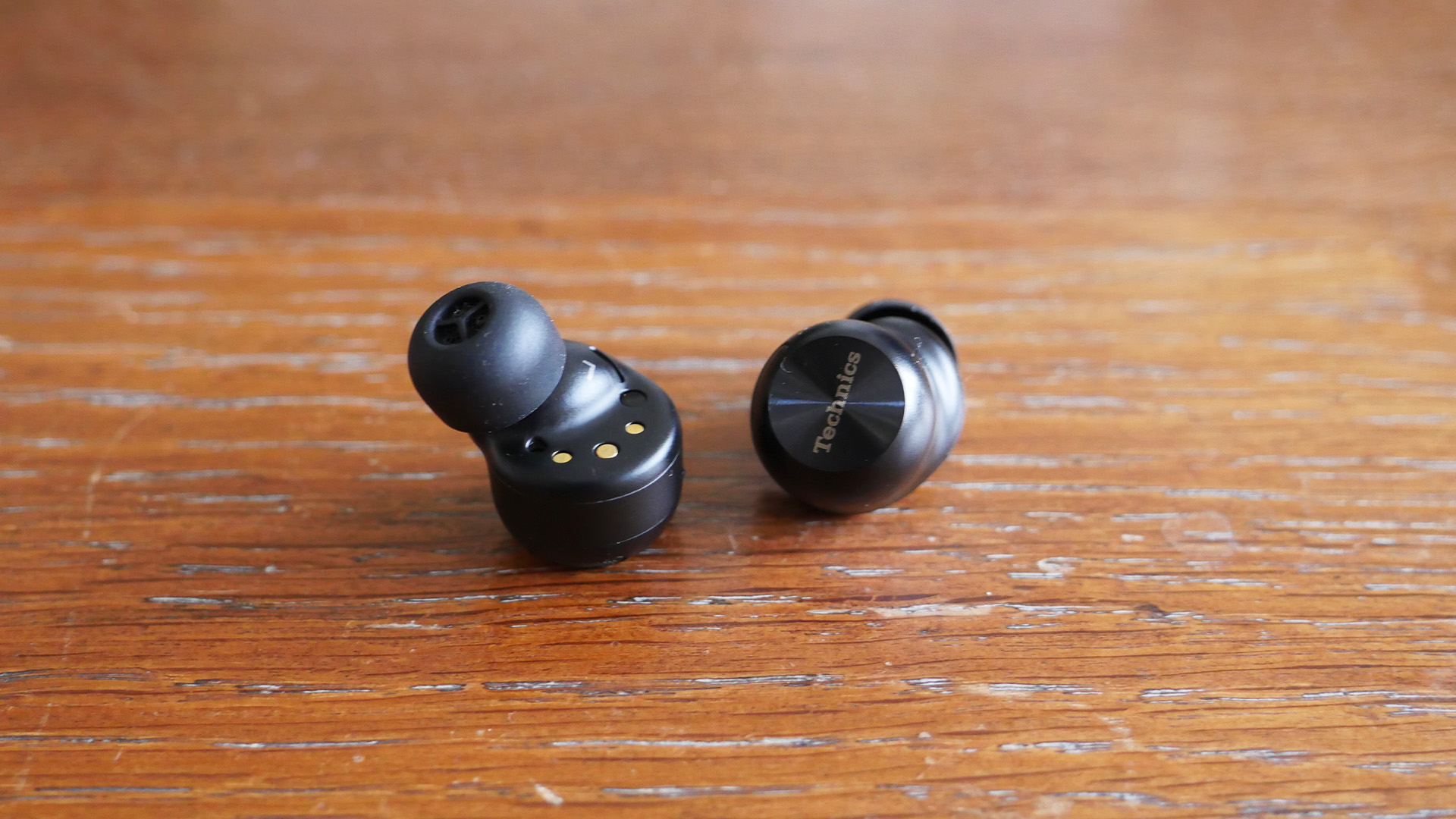
This is 2025, people (although it was 2024 when I saw these earbuds in Kyoto), so there's no way to launch a product without at least some AI spin. I had a fascinating discussion about AI with Koji Kuwahara, who heads up the Technics Headphones Product Planning Department about the whole topic before I even knew that the earbuds would include any such feature.
Thankfully for my social graces, my fears about AI's impact on creativity didn't actually overlap with anything Technics has done here. It's limited things to a new microphone feature that has fascinating potential. Many earbuds and microphones feature noise-cancelling to tune out background noise while you're speaking, but I hadn't previously encountered a system that could do this for both ends of a digital conversation.
Using the AZ100s on the phone, not only your own voice but also that of whoever you're talking to gets passed through the same process to eliminate noise, regardless of what hardware they're using. The results are often very impressive, although occasionally glitchy, and it's interesting to wonder whether this sort of both-ends feature will become more common in the next few years, ushering in an age of AI-enhanced crystal clear calls.

Max is T3's Staff Writer for the Tech section – with years of experience reporting on tech and entertainment. He's also a gaming expert, both with the games themselves and in testing accessories and consoles, having previously flexed that expertise at Pocket-lint as a features editor.
-
 Activo Q1 review: IEM earbuds for the masses?
Activo Q1 review: IEM earbuds for the masses?Are Activo's somewhat affordable IEMs a slam dunk?
By Max Freeman-Mills
-
 The best of CES 2025: 21 top gadgets from the show
The best of CES 2025: 21 top gadgets from the showThe Consumer Electronics Show 2025 didn't disappoint. These are T3's award-winners from the Las Vegas event
By Mat Gallagher
-
 Satechi's SM3 Slim is the mechanical Mac keyboard we've always wanted from Apple
Satechi's SM3 Slim is the mechanical Mac keyboard we've always wanted from AppleThis impressive keyboard won't look out of place in your Apple setup
By John McCann
-
 This clever iPhone upgrade gives you massive storage without the Apple price
This clever iPhone upgrade gives you massive storage without the Apple priceNo room on your iPhone? This MagSafe adapter gives you huge space
By Carrie Marshall
-
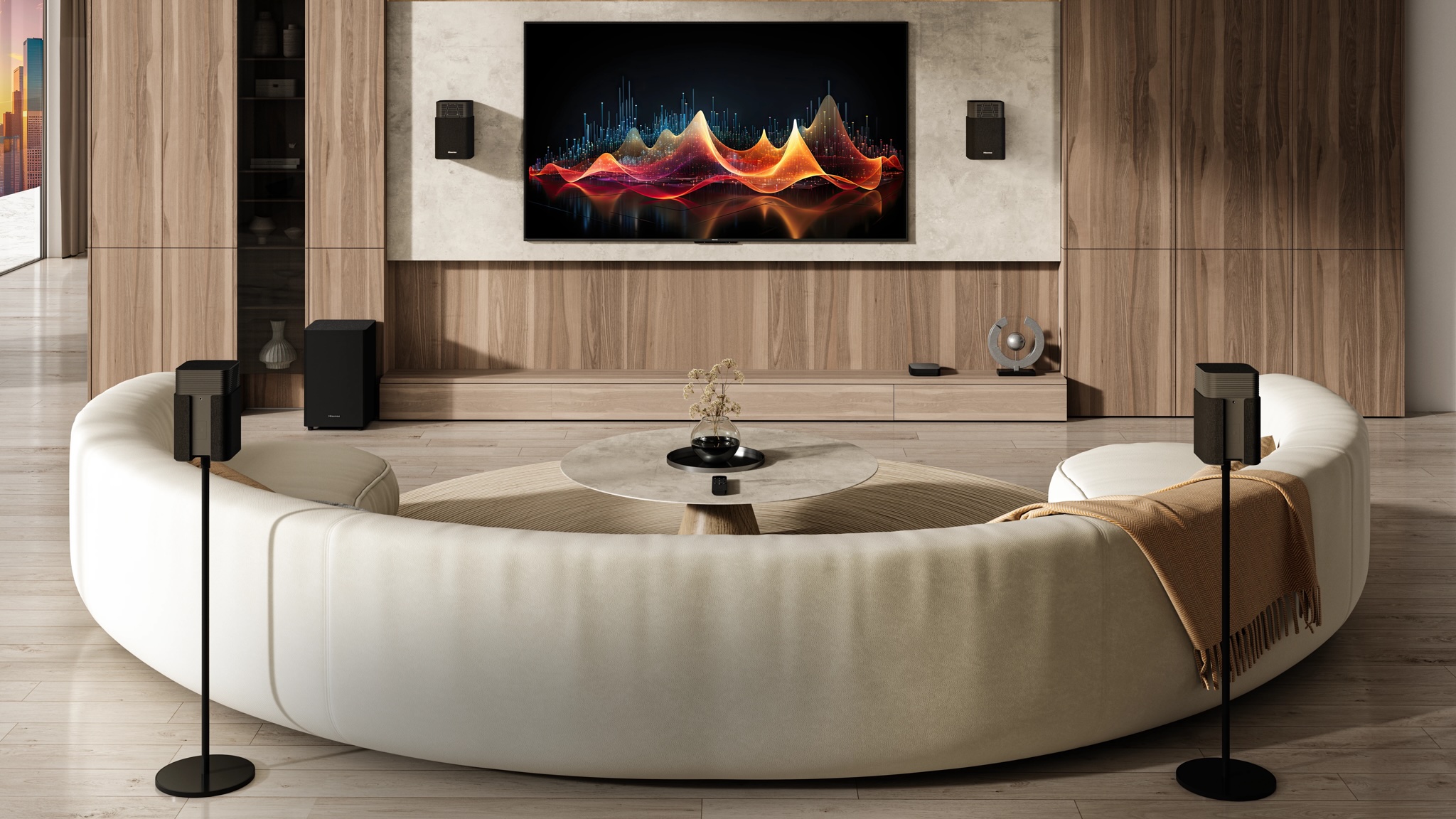 Hisense’s new wireless surround system looks like a serious rival to Sony
Hisense’s new wireless surround system looks like a serious rival to SonyHisense's wireless surround system packs a low-end punch that rival's could struggle to match
By Carrie Marshall
-
 My favourite CES 2025 announcement initially seems boring – but it could change entertainment forever
My favourite CES 2025 announcement initially seems boring – but it could change entertainment foreverThe next wave of TVs, games consoles, projectors and streamers are facing huge upgrades
By Rik Henderson
-
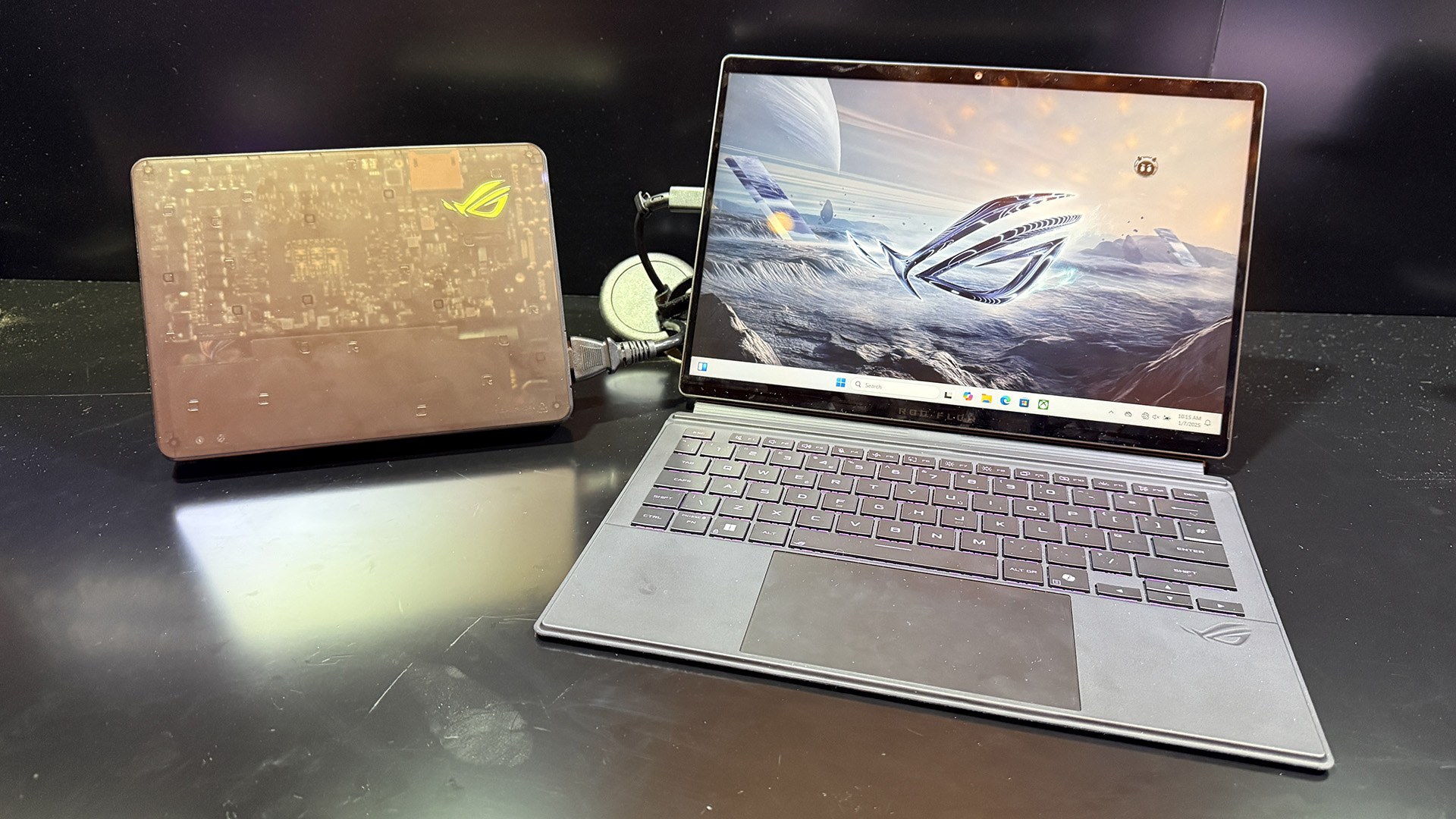 Forget your steam decks, Asus just updated its powerful gaming tablet
Forget your steam decks, Asus just updated its powerful gaming tabletThe Asus ROG Flow Z13 gets a big update for 2025, making it the ultimate gaming all-in-one
By Mat Gallagher
-
 Microsoft wants to ditch Windows for future Xbox gaming handhelds
Microsoft wants to ditch Windows for future Xbox gaming handheldsXbox’s console operating system could shape how we use future handhelds
By John McCann
